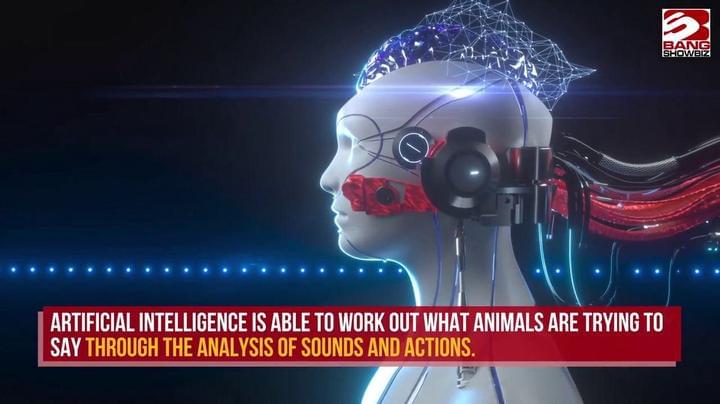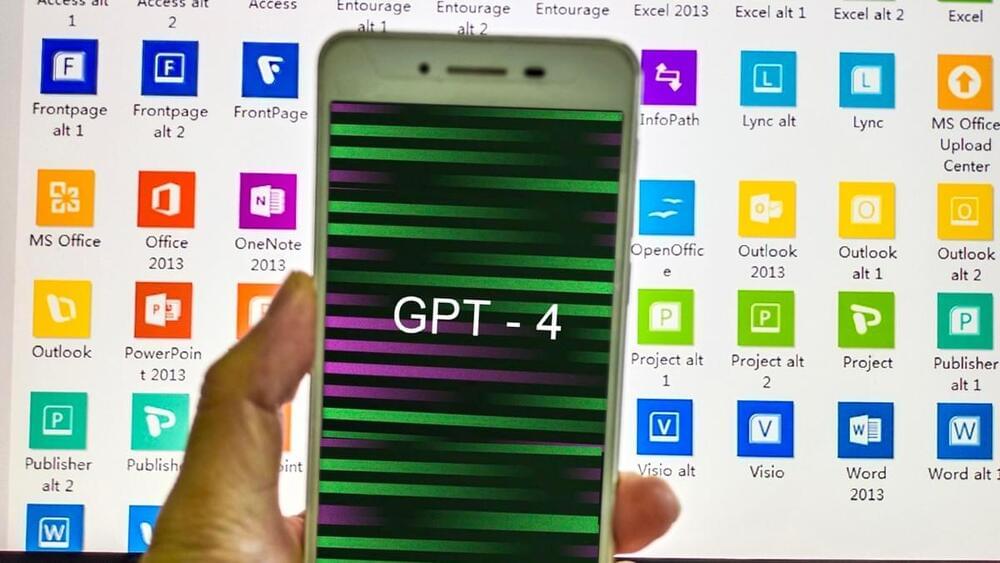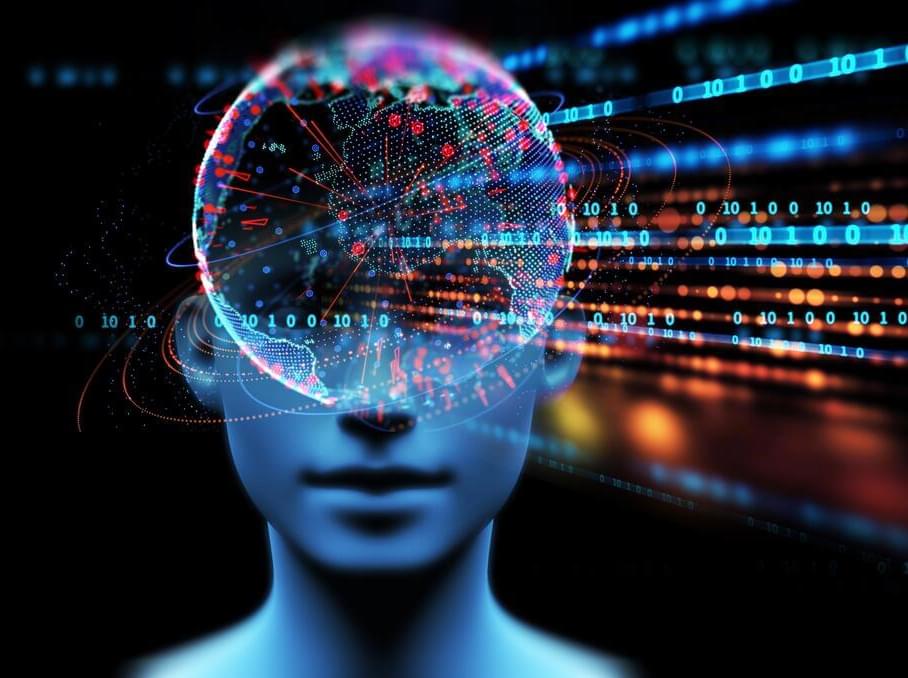😲
In 1997, IBM’s Deep Blue defeated the reigning world champion chess player, Garry Kasparov. In 2016, Google’s AlphaGo defeated one of the worlds top Go players in a five-game match. Today, OpenAI released GPT-4, which it claims beats 90% of humans who take the bar to become a lawyer, and 99% of students who compete in the Biology Olympiad, an international competition that tests the knowledge and skills of high school students in the field of biology.
In fact, it scores in the top ranks for at least 34 different tests of ability in fields as diverse as macroeconomics, writing, math, and — yes — vinology.
“GPT-4 exhibits human-level performance on the majority of these professional and academic exams,” says OpenAI.






